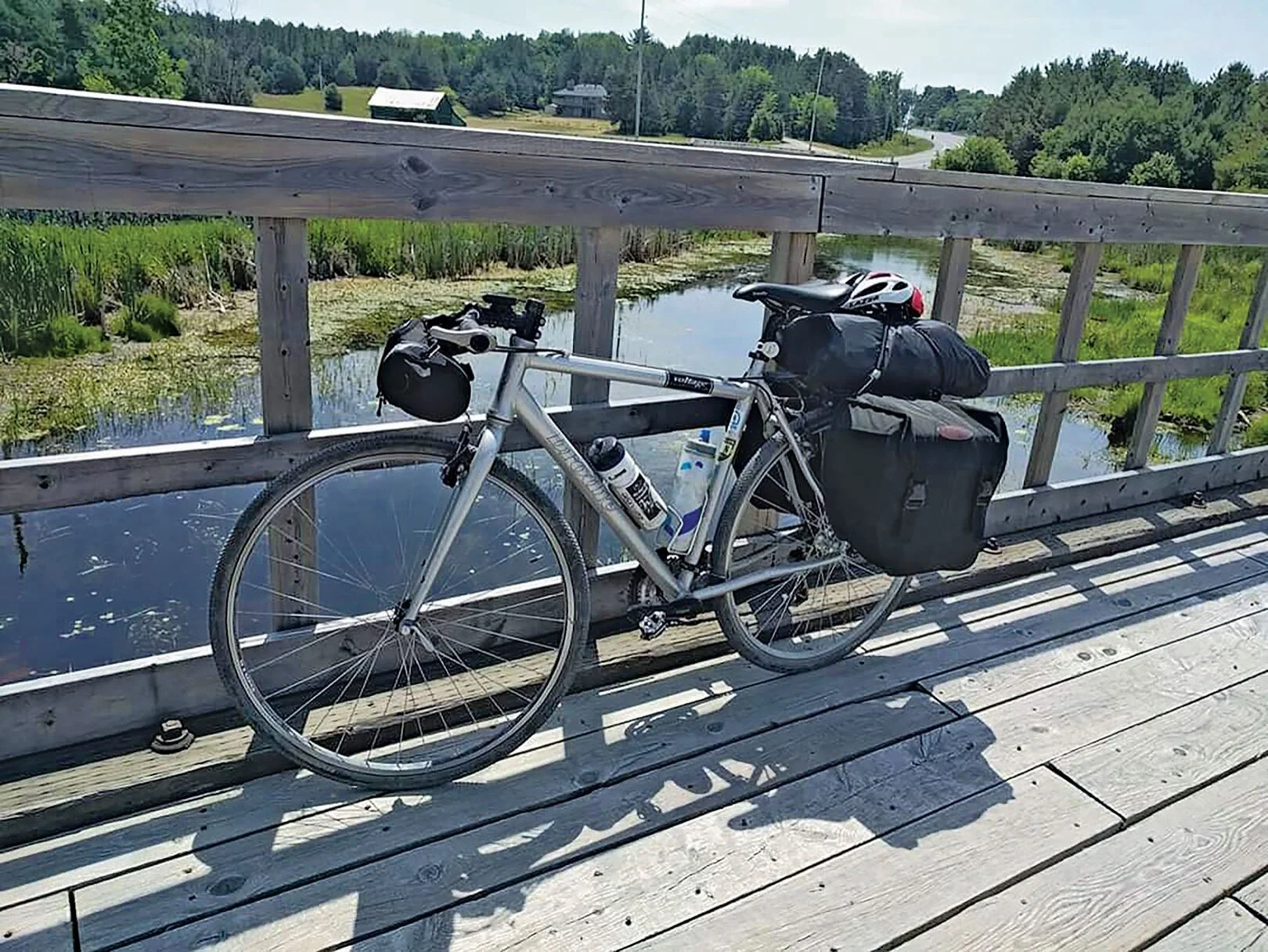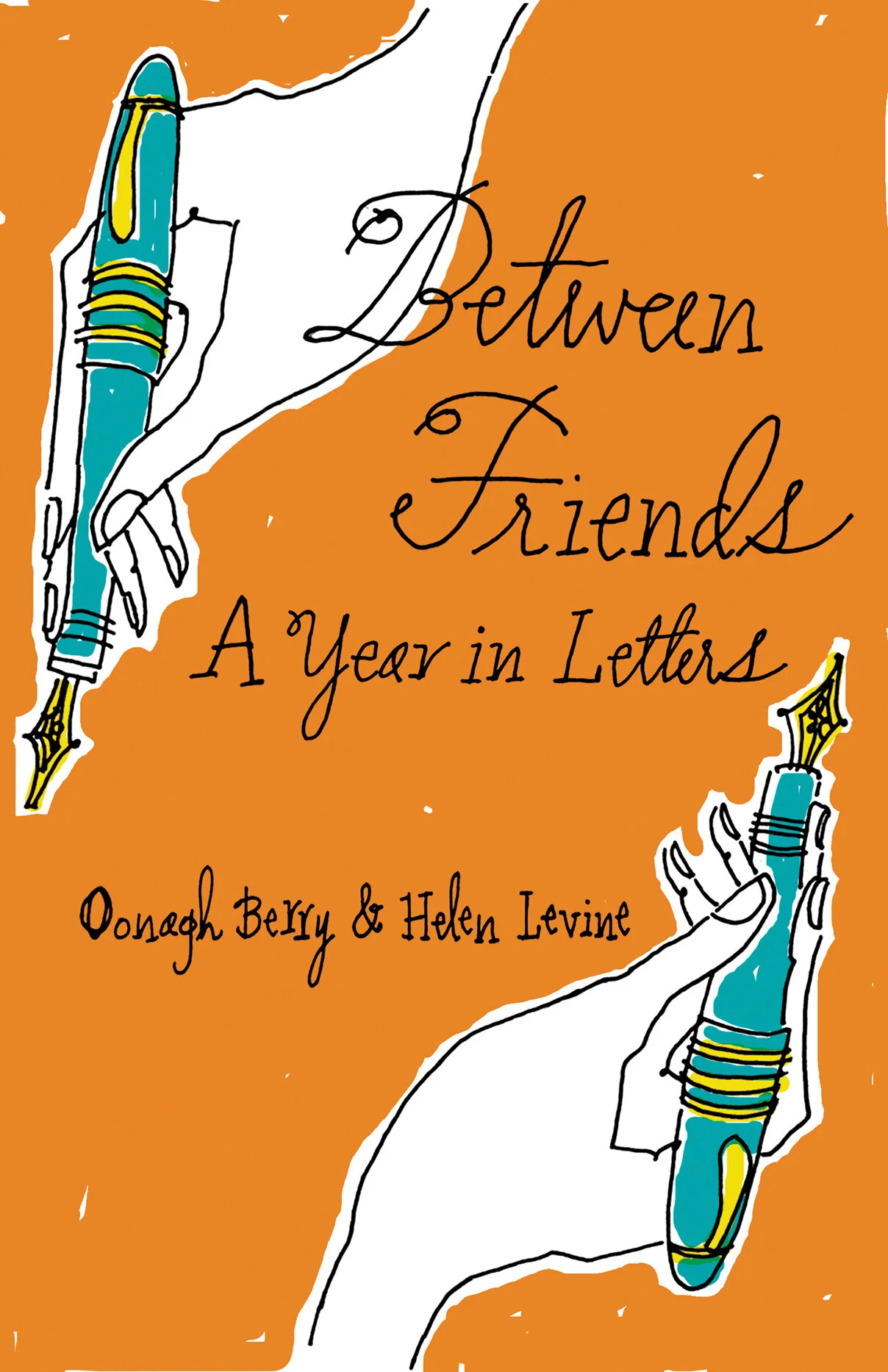History Lives On: at 40 Victoria Street North
/By Barry Penhale
Since 1994, a charming sprawling building, known to many as the Houston House, has been adapted to serve as home to the Tweed & Area Heritage Centre. Here, all in one can be found: an information bureau, art gallery, museum, and archives. Annual visitors to this fascinating complex find themselves warmly greeted by one of Ontario’s best informed and most dedicated heritage advocates — the site’s genial curator Evan Morton.
Houston House, Debra Tate-Sears, watercolour, 10”x14.” Photo Reproduced with permission of the artist, a former Tweed resident.
This writer’s appreciation of Evan’s important round-the-clock work preserving area history has grown steadily over time — a period that began when a former publisher of the Tweed News, the late Clive Bell, once took me to one side and said, “We have a fellow here who largely on his own is working wonders conserving historical objects from the past and I think you should meet him.” That person, of course, was Evan Morton who at the time was functioning from a temporary pre- Houston House location.
Readers at this point need be informed that the writer, having already mentioned Evan’s name twice, is likely now on shaky ground in my relationship with the ever-so-modest curator. For modesty is one of his foremost traits and he is continually deflating compliments that come his way, preferring instead to speak of the individual members of his dedicated team of volunteers.
With great respect for the man, I have elected not to make this a Morton “Profile” piece, but rather to focus primarily on the known history of a prominent Tweed landmark that is his pride and joy and literally his home-away-from-home. I refer to 40 Victoria Street North in the village of Tweed.
Any time spent examining materials within the Tweed Archives is time well spent, as was again the case during July of this year, the occasion being combined with family visiting on the Moira, near Lost Channel. Evan was his usual helpful self, saturating my interest in the history of 40 Victoria Street by producing mounds of historically interesting materials — a true bonanza that would delight any writer and historical researcher. It was then I became acquainted with the family of prominence who formerly occupied the residence that still carries the family name — “Houston House.”
Sisters, Grace Porritt (centre front), Maude Rollins (also seated), and Doris Burgoyne (standing), grew up in Houston House, the daughters of John Finley Houston and Annie Elizabeth Easterbrook. Photo credit: Tweed and Area Heritage Centre.
The Houston’s have long-held family ties to Tweed and environs. The original Heritage Centre building was constructed by Robert Finley Houston (1849–1919), expressly for a Bay of Quinte railway conductor. Tragically before they could move in, the man’s wife died suddenly and the bereaved husband chose not to live in the village. At this time the completed, but as yet unoccupied house was acquired by the builder and given as a wedding present to his son, John Finley Houston, and his bride, Annie Elizabeth Easterbrook, whose marriage took place on February 16, 1898.
Upon settling into their own place the newlyweds would appear to have quickly established a comfortable family environment that proved ideally suited to child rearing. In due course, four children greatly enriched the lives of their parents, as John and Annie welcomed a son Bert in 1900 to be followed by three girls, Grace (1902), Maude (1903), and Doris (1912). During special celebrations marking the 100th anniversary of Houston House in 1997, the three sisters were in attendance. Grace (Houston) Porritt, as the eldest daughter, delighted those present by sharing treasured childhood memories. Among her nostalgic recollections, Mrs. Porritt, then 95 years of age at the time, spoke wistfully of her mother’s baking and it became apparent that Mother Annie’s personal “comfort zone” must surely have been the spacious always busy kitchen out of which came appetizing concoctions to please one’s palate — especially the always yummy Christmas season favourites — suet pudding and taffy on the snow!
The anecdotal accounts of Houston House have been the subject of unpublished handwritten notes by at least one of the daughters and in local newspaper articles. Access to these papers provides leads not only to their personal family recollections, but also to useful surviving documents of a factual nature. For example, the funeral cards so common in their day, remind us of the passing of Robert Finley Houston in Tweed on Saturday, April 5th, 1919, at age 71 years, 3 months, and 26 days.
Fortunately, in addition to genealogical information, surviving typewritten notes inform us that the Tweed native had learned his carpenter’s trade as apprentice to the late Joel Jellyman — the latter identified as an Englishman and first-class mechanic. It is tidbits of this kind that encourage history buffs to look further as they assemble the pieces that make up one’s family’s unique place in history.
The Houston family, and indeed Houston House itself, represent a significant chapter in Ontario’s past. Following Robert Houston’s death, son John moved his family to the father’s home at 37 Metcalfe Street and by 1922 Houston House had become the address for numerous physicians beginning with Dr. Gerald Foster Denyes. Other family doctors followed and the site achieved the status of a medical clinic.
But such use was to come to an end in 1993 with the departure for Belleville of Doctors Jim and David Edwards and their colleague, Dr. David Barr. By November of 1994, the Tweed & Area Heritage Centre had acquired Houston House, and with a beaming Evan Morton present, the official opening took place in July 1995.
Robert Finley Houston, 1848-1919, began construction of the Houston House in 1897.
Photo credit: Tweed and Area Heritage Centre.
Gone are those times when Tweed’s waterfront mills belched smoke and long gone is the day when John Houston dashed home from the nearby Houston company planning mill to check on his family and report that the ferocity that had rocked the house had been caused when the local dynamite works blew up! Gone too is the Houston House outhouse with the requisite newspapers and catalogues — the toilet tissue of that era — a privy once lovingly and regularly painted to match the same colour as the house. Fortunately as visitors to historic 40 Victoria Street quickly discover, much of the important local history has been saved and today lives on in many forms.
It is here through an extraordinary array of vintage reminders of a family, a home and a village that one is both informed and delighted. It is a place of continual discovery where history abounds and is charmingly crammed into almost every nook and cranny. A sanctuary of its very own that provides a great service to community and visitors alike. There are no employees on hand, but in any given week ten volunteers — men and women — show up for work shifts with a contribution of some 5,000 hours annually. As Evan said during my last visit, “Without the commitment of our dedicated volunteers our work would suffer greatly.”
How true! And how truly fortunate it is that we have dedicated individuals such as Evan Morton and his amazing team that support 40 Victoria Street. To which, I must add that these champions of heritage should never be taken for granted, but rather cherished for their dedication.
Acknowledgements:
The assistance of Evan Morton and Roger and Roseann of the Tweed News is much appreciated.





































